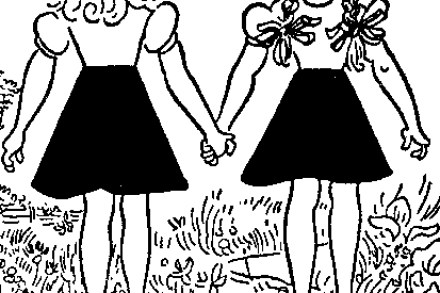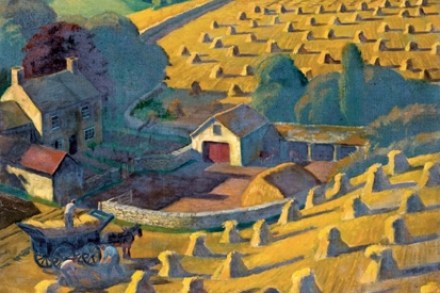The best children’s books of 2014
If it’s all right with you, I’d like to launch a campaign please. Right here. You may be wanting me to cut to the chase and just recommend some children’s books, but bear with me. I’m on the case. My campaign is to have pictures in books again. Adult books too, but obviously books for children. There are some wonderful illustrators out there, contemporary ones, for all ages, and the scandalous thing is, they are usually limited to the age range, 0–7. If you want to remind yourself what we’re missing, make for the House of Illustration in London’s King’s Cross; that should do it. Or try Chris Beetles’s annual,





















